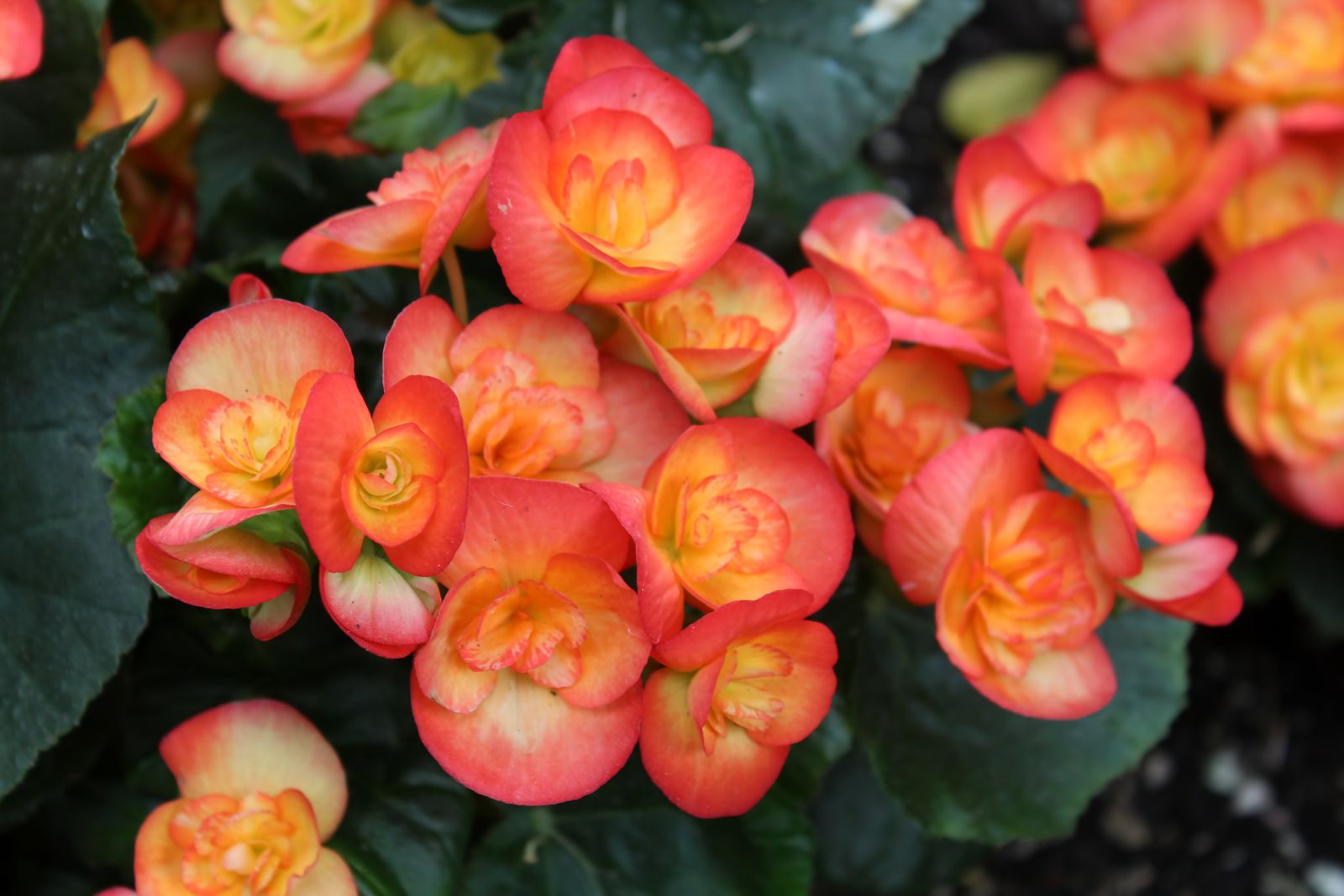Choosing the Right Pot and Soil:
The first step to successful begonia elatior care is selecting the right pot and soil. Opt for a well-draining pot with drainage holes to prevent waterlogging. A terracotta pot is ideal as it allows excess moisture to evaporate.
When it comes to soil, a well-draining, peat-based potting mix is perfect. You can also add perlite or vermiculite to improve drainage further.
Planting Your Begonia:
1. Prepare the Pot: Fill the pot with the potting mix, leaving some space at the top.
2. Remove the Plant: Gently remove the begonia from its nursery pot. Loosen the roots slightly to encourage new growth.
3. Plant the Begonia: Place the begonia in the center of the pot and backfill with the potting mix. Firm the soil gently around the base of the plant.
Watering Your Begonia Elatior
Watering Frequency:
Water your begonia regularly, but avoid overwatering. Allow the top inch of soil to dry out between waterings. Overwatering can lead to root rot.
Watering Technique:
Water your begonia from the base of the plant, avoiding getting the leaves wet. Wet leaves can lead to fungal diseases.
Light and Temperature Requirements
:max_bytes(150000):strip_icc()/GettyImages-144295331-5f96dc287eec43088a0778d08b80baa7.jpg)
Light:
Begonia elatior thrives in bright, indirect light. Avoid direct sunlight, as it can scorch the delicate leaves and flowers. A north-facing window is ideal.
Temperature:
These plants prefer warm temperatures between 65-75°F (18-24°C). Avoid cold drafts and sudden temperature fluctuations.
Fertilizing Your Begonia Elatior
Fertilizer:
Feed your begonia with a balanced liquid fertilizer diluted to half strength every two weeks during the growing season (spring and summer).
Fertilizing Technique:
Apply the fertilizer to the moist soil, avoiding the leaves.
Pruning and Deadheading
Pruning:
Regularly prune your begonia to remove dead or yellowing leaves and spent flowers. This encourages new growth and prolongs the blooming period.

Deadheading:
Deadheading involves removing faded flowers. This prevents the plant from wasting energy on seed production and encourages more blooms.
Common Pests and Diseases
Pests:
Diseases:
Winter Care for Begonia Elatior
As the days shorten and temperatures drop, your begonia elatior will enter a period of dormancy. Here’s how to care for it during the winter months:
Reduce Watering: Water your begonia less frequently during the winter, allowing the soil to dry out more between waterings.
:max_bytes(150000):strip_icc()/GettyImages-1297560913-1eecfec57236434aa33a8652fc182fdd.jpg)
By following these care tips, you can enjoy the beauty of your begonia elatior for many years to come.
:max_bytes(150000):strip_icc()/GettyImages-144295331-5f96dc287eec43088a0778d08b80baa7.jpg?w=1200&resize=1200,0&ssl=1)